Prompt Injection Slides | Approaches To Protect LLM
SLIDE1
SLIDE1 |
SLIDE2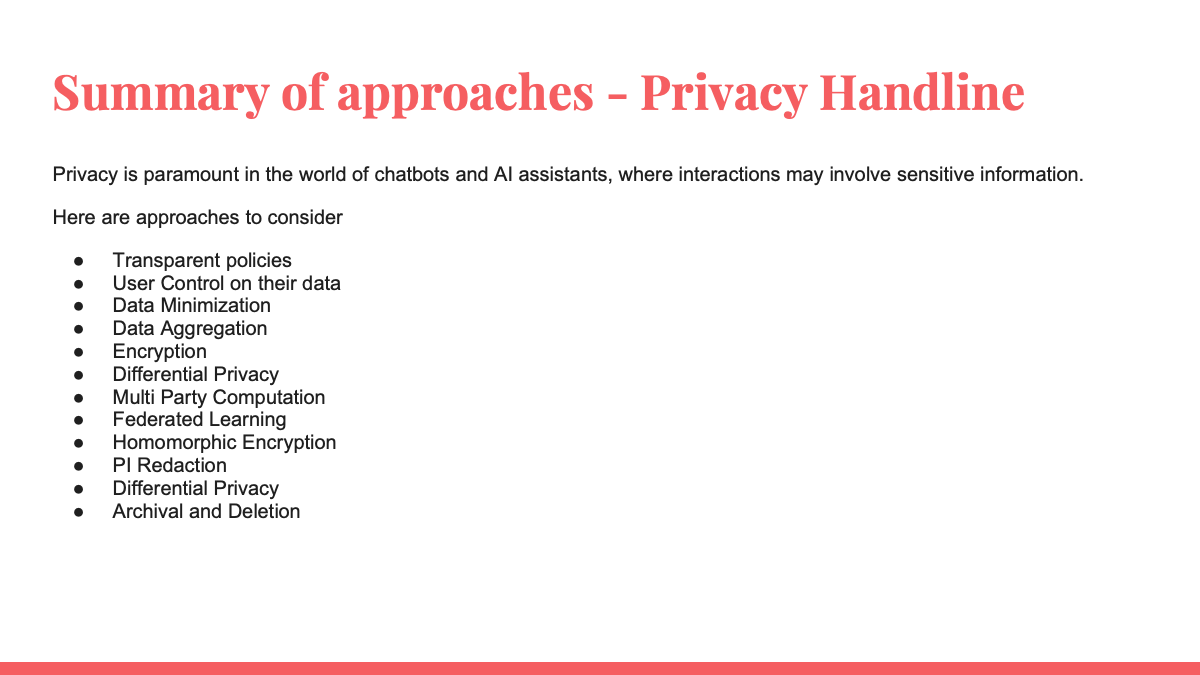
SLIDE2 |
SLIDE3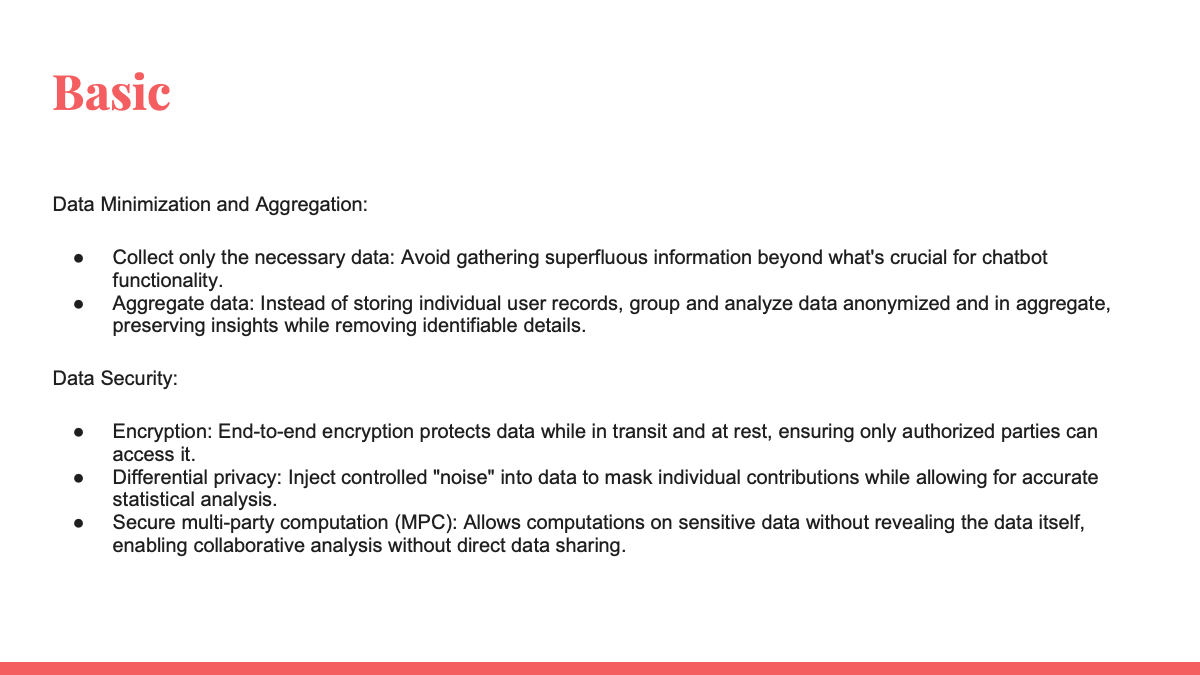
SLIDE3 |
SLIDE4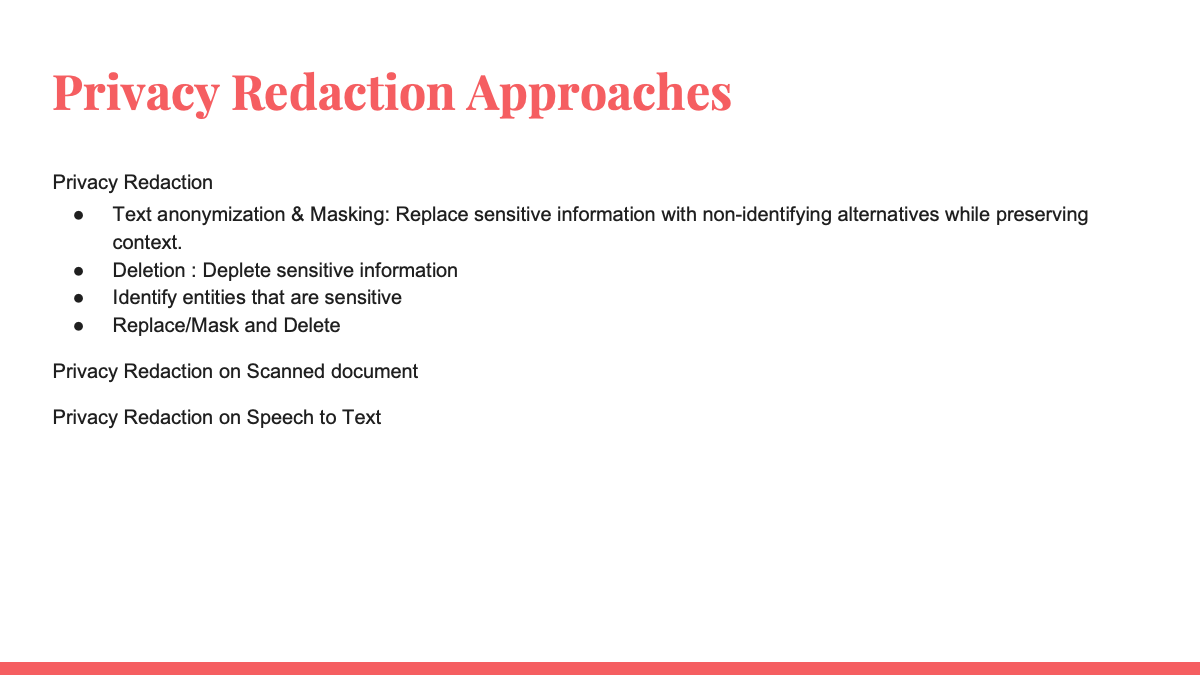
SLIDE4 |
SLIDE5
SLIDE5 |
SLIDE6
SLIDE6 |
SLIDE7
SLIDE7 |
SLIDE8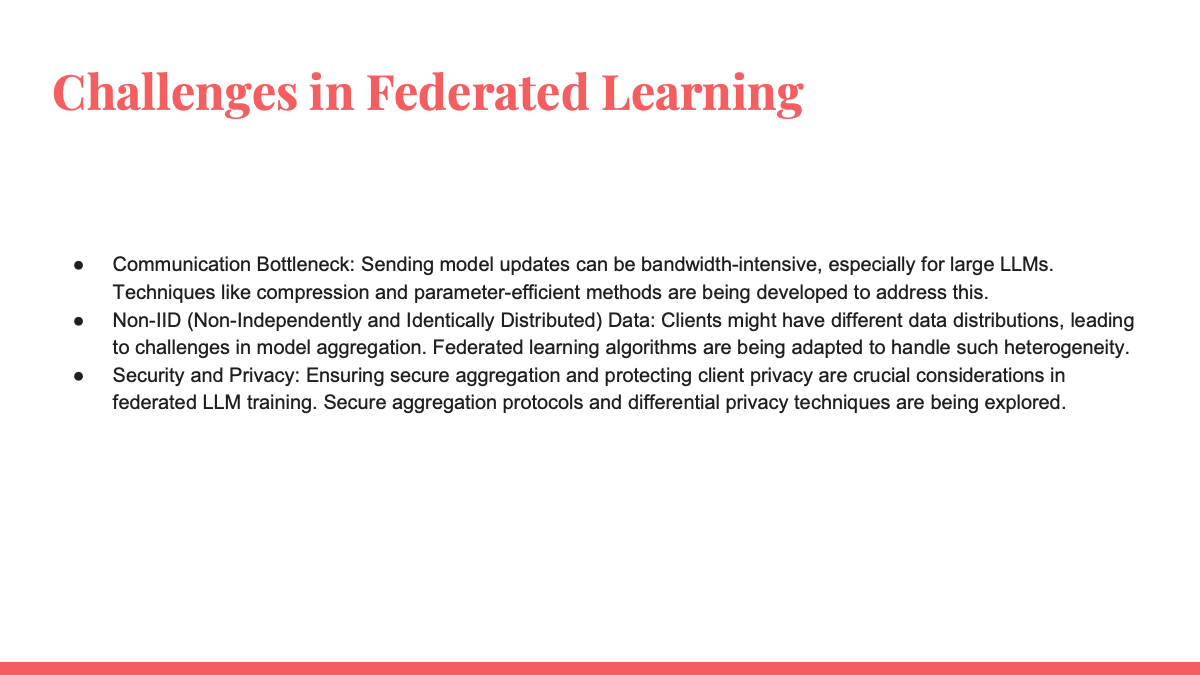
SLIDE8 |
SLIDE9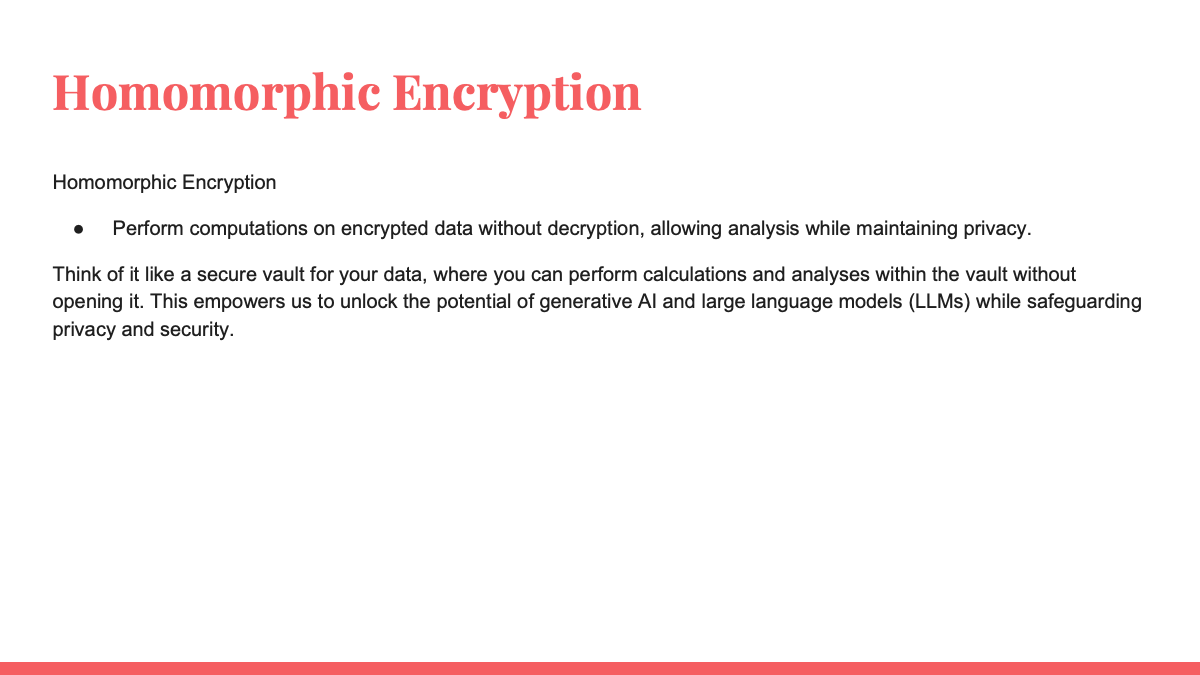
SLIDE9 |
Large Language Models (LLMs) LLMs are a type of artificial intelligence (AI) capable of processing and generating human-like text in response to a wide range of prompts and questions. Trained on massive datasets of text and code, they can perform various tasks such as: Generating different creative text formats: poems, code, scripts, musical pieces, emails, letters, etc. Answering open ended, challenging, or strange questions in an informative way: drawing on their internal knowledge and understanding of the world. Translating languages: seamlessly converting text from one language to another. Writing different kinds of creative content: stories, poems, scripts, musical pieces, etc., often indistinguishable from human-written content. Retrieval Augmented Generation (RAG) RAG is a novel approach that combines the strengths of LLMs with external knowledge sources. It works by: Retrieval: When given a prompt, RAG searches through an external database of relevant documents to find information related to the query. Augmentation: The retrieved information is then used to enrich the context provided to the LLM. This can be done by incorporating facts, examples, or arguments into the prompt. Generation: Finally, the LLM uses the enhanced context to generate a response that is grounded in factual information and tailored to the specific query. RAG offers several advantages over traditional LLM approaches: Improved factual accuracy: By anchoring responses in real-world data, RAG reduces the risk of generating false or misleading information. Greater adaptability: As external knowledge sources are updated, RAG can access the latest information, making it more adaptable to changing circumstances. Transparency: RAG facilitates a clear understanding of the sources used to generate responses, fostering trust and accountability. However, RAG also has its challenges: Data quality: The accuracy and relevance of RAG's outputs depend heavily on the quality of the external knowledge sources. Retrieval efficiency: Finding the most relevant information from a large database can be computationally expensive. Integration complexity: Combining two different systems (retrieval and generation) introduces additional complexity in terms of design and implementation. Prompt Engineering Prompt engineering is a crucial technique for guiding LLMs towards generating desired outputs. It involves crafting prompts that: Clearly define the task: Specify what the LLM should do with the provided information. Provide context: Give the LLM enough background knowledge to understand the prompt and generate an appropriate response. Use appropriate language: Frame the prompt in a way that aligns with the LLM's capabilities and training data.